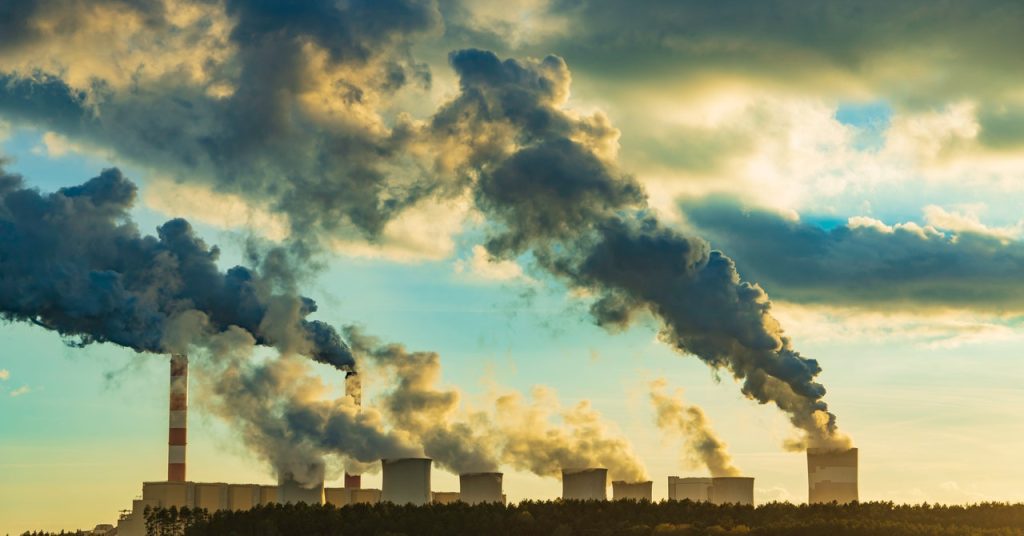Understanding Climate Change
Climate change is a growing problem, primarily caused by burning fossil fuels, which releases CO2 into the atmosphere. This carbon dioxide traps heat radiation from the Earth, preventing it from escaping into space.
The Role of CO2
While some CO2 is necessary to keep the Earth warm enough to sustain life, the preindustrial concentration was about 280 parts per million. Today, it’s much higher, contributing to global warming.
Thermodynamics and Energy
Free Expansion of Gas
Let’s explore a basic thermodynamics concept. Imagine a box divided into two equal parts, one containing nitrogen at atmospheric pressure and temperature, and the other empty. When the divider is removed, the gas expands to fill the entire box, increasing entropy, or disorder.

This expansion can be modeled as nitrogen molecules bouncing around, creating pressure. If the partition wall moves, the gas does work, changing the system’s energy. Increasing entropy allows us to extract energy from the system.
Calculating Entropy and Energy
Entropy measures disorder in a system. When gas expands freely, entropy increases. We can calculate the change in entropy (ΔS) and use it to find the change in energy (ΔE) of the gas.

For example, if 0.5 m3 of air expands to 1 m3 at constant temperature, the entropy change results in an energy decrease of 37,000 joules. This energy could be used for practical purposes, like toasting a Pop-Tart.
Separating Mixed Gases
Gas Separation Concept
We can apply the same entropy principles to separate gases. Imagine a mixture of red and blue balls (representing different gases) in a container. Using walls that only allow one type of ball through, we can separate the gases into different compartments.

This separation compresses the gases into smaller volumes, decreasing entropy and requiring energy input.

Carbon Dioxide Capture
Energy Requirements
To remove CO2 from the air, we need to separate it from other gases. For instance, in 1 cubic meter of air at room temperature and atmospheric pressure, there are 2.47 x 1025 molecules, with 9.89 x 1021 being CO2. Separating these requires significant energy.
To reduce CO2 to preindustrial levels, we would need 2.39 x 1020 joules of energy, nearly equivalent to the world’s annual energy consumption (5.8 x 1021 joules).
Current Emissions
In 2023, CO2 emissions were about 37 billion metric tons. Removing this amount annually would require 764 gigawatts of power, equivalent to the output of over 1,000 nuclear power plants, considering inefficiencies.
Conclusion
While capturing CO2 from the air is theoretically possible, it is highly impractical given the energy requirements. Instead, efforts should focus on reducing emissions to address climate change effectively.

3 Comments
Are we willing to pay the environmental cost of such massive energy consumption!
Serious: The challenge lies in finding a balance between energy use and environmental benefit.
Rest assured, it could be a lot more energy than we might be willing to burn.